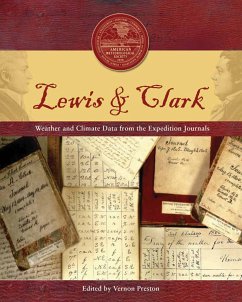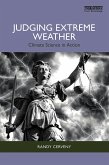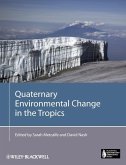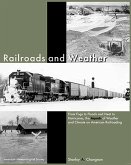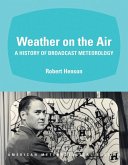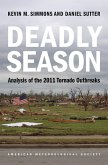The Lewis and Clark Expedition of 1803-1806 systematically recorded weather and climate data during their 4,162-mile journey across largely uncharted territory. This data, organized by date and complemented by route descriptions and 50 color photos and historical maps, creates a fascinating look at the weather-related challenges that, at times, nearly derailed the Corps of Discovery from completing its mission and returning safely. Lewis and Clark is both a compelling read for weather and history buffs and a key resource for scientists researching climate history.
Dieser Download kann aus rechtlichen Gründen nur mit Rechnungsadresse in A, B, BG, CY, CZ, D, DK, EW, E, FIN, F, GR, HR, H, IRL, I, LT, L, LR, M, NL, PL, P, R, S, SLO, SK ausgeliefert werden.

